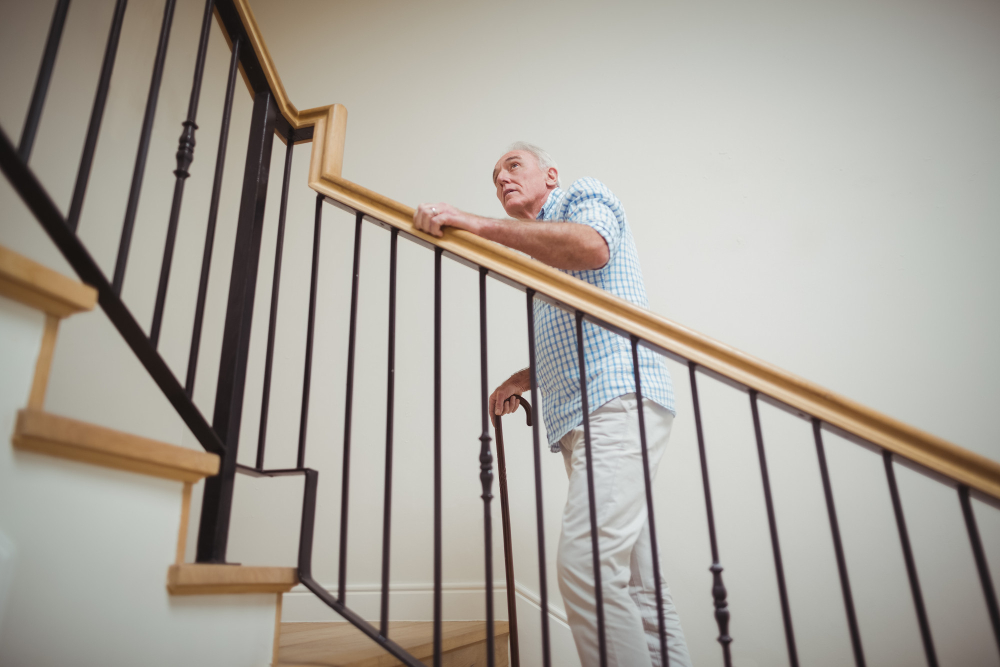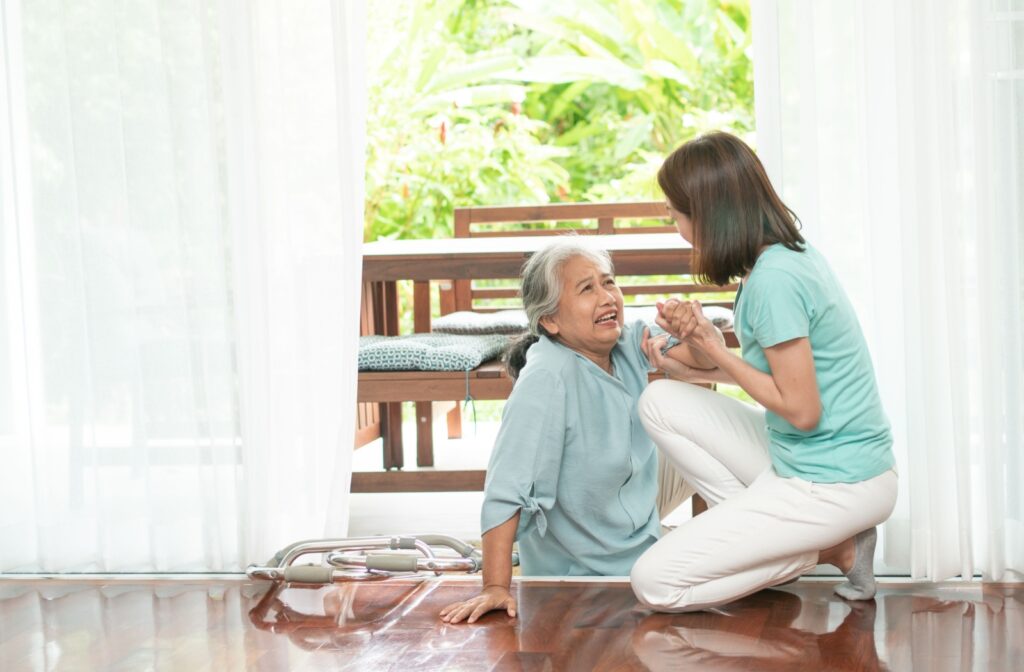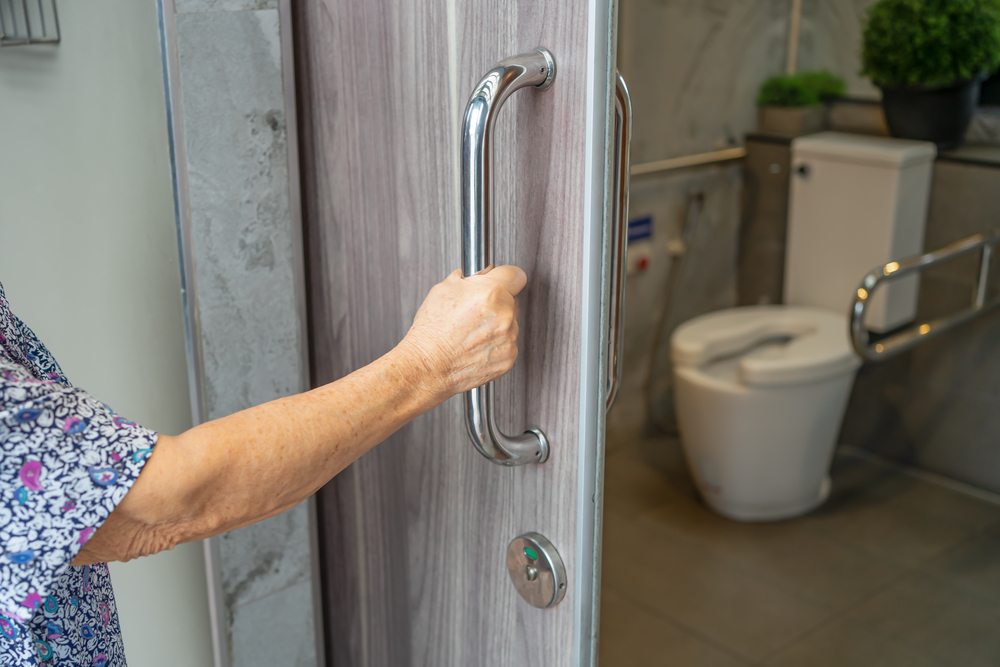As our loved ones age, their safety becomes a primary concern, especially within the confines of their own home. A significant aspect of ensuring safety is maintaining a clean and hazard-free floor. Proper floor cleaning not only keeps the home aesthetically pleasing but also minimizes the risk of slips and falls. This article will delve into floor cleaning safety tips for elderly individuals, offering practical advice for caregivers and family members to create a safer living environment.

The Importance of Floor Safety for the Elderly
Floor safety is crucial for the elderly as they often face mobility challenges. Slippery floors, clutter, and uneven surfaces can lead to dangerous falls. According to the National Council on Aging, falls are the leading cause of fatal and non-fatal injuries for older Americans. Therefore, understanding and implementing effective floor cleaning strategies can significantly reduce these risks.
Choosing the Right Cleaning Products
When selecting cleaning products, it’s essential to choose those that are non-toxic and non-slip. Many commercial cleaners can leave behind a residue that becomes slippery, increasing the risk of falls. Opt for products labeled as ‘non-slip’ or ‘residue-free’. Additionally, consider environmentally friendly options that are free from harsh chemicals, which are better for both the elderly and the environment.
Homemade Cleaning Solutions
For a cost-effective and safe alternative, consider homemade cleaning solutions. A mixture of vinegar and water can effectively clean floors without leaving a slippery residue. Add a few drops of essential oil for a pleasant fragrance. This solution is not only safe but also easy to prepare, ensuring that the cleaning process remains uncomplicated.
Regular Cleaning Schedule
Maintaining a regular cleaning schedule is vital to ensure the floors remain safe. Establish a routine that includes sweeping, mopping, and checking for spills or debris. Regular cleaning helps prevent the buildup of dirt and grime, which can contribute to slippery surfaces.
Weekly Deep Cleaning
In addition to daily maintenance, a weekly deep clean can address areas that are often overlooked. Move furniture, check under rugs, and ensure that all corners are thoroughly cleaned. This practice not only enhances cleanliness but also provides an opportunity to inspect the floor for potential hazards.
Non-Slip Mats and Rugs
Using non-slip mats and rugs can significantly reduce the risk of falls. Place these in high-traffic areas such as the kitchen, bathroom, and hallway. Ensure that all rugs have a non-slip backing and are securely fastened to the floor.
Rug Placement Tips
When placing rugs, avoid locations that might cause tripping. Ensure that the edges of the rugs are flat and not curled. This simple adjustment can prevent accidents and contribute to a safer home environment.
Floor Surface Considerations
Different floor surfaces require specific cleaning methods. For instance, hardwood floors should be cleaned with a damp mop rather than a soaking wet one to prevent water damage. Tile floors, on the other hand, can handle more moisture but still require non-slip cleaning products.
Special Care for Carpets
Carpets can harbor dust and allergens, making regular vacuuming essential. For deeper cleaning, use a carpet cleaner or hire a professional service. Ensure that the carpet is completely dry before allowing the elderly to walk on it to avoid slipping.
Lighting and Visibility
Proper lighting plays a crucial role in floor safety. Ensure that all areas of the home, especially those with steps or uneven surfaces, are well-lit. Consider installing motion-sensor lights in hallways and bathrooms to enhance visibility during the night.
Night Light Installation
Installing night lights in key areas can help prevent falls during nighttime. Choose lights that provide sufficient illumination without being too harsh. For more information on this, you might find the article on night lights for seniors helpful.
Educating the Elderly on Safety Practices
Engage with the elderly in discussions about safety practices. Educate them on the importance of reporting spills immediately and using assistive devices while moving around. Empowering them with knowledge can enhance their confidence and reduce the risk of accidents.
Assistive Devices
Consider installing handrails in areas like bathrooms and staircases. These devices provide support and stability, allowing the elderly to navigate their home safely. For more insights, check out front door safety tips.
Routine Safety Inspections
Conduct regular safety inspections of the home. Check for loose floorboards, uneven tiles, or any other potential hazards. Addressing these issues promptly can prevent accidents and ensure a safe living environment for the elderly.
Professional Assessments
Consider hiring a professional to assess the home for safety risks. They can provide valuable insights and recommend modifications to improve safety. This step is particularly beneficial for those who may not have the expertise to identify potential hazards.

FAQs
How often should floors be cleaned to ensure safety for the elderly?
Regular cleaning should be done daily, with a deep clean at least once a week to maintain a safe environment.
Are there specific cleaning products recommended for elderly safety?
Yes, choose non-toxic, non-slip, and residue-free products. Homemade solutions like vinegar and water are also effective.
What are some common floor hazards for the elderly?
Common hazards include slippery surfaces, loose rugs, and poor lighting. Regular inspections can help identify and mitigate these risks.
By implementing these floor cleaning safety tips for elderly, caregivers and family members can create a safer, more comfortable living environment for their loved ones. Prioritizing safety through regular cleaning, appropriate product choices, and education can significantly reduce the risk of falls and enhance the quality of life for the elderly.
This article contains affiliate links. We may earn a commission at no extra cost to you.






